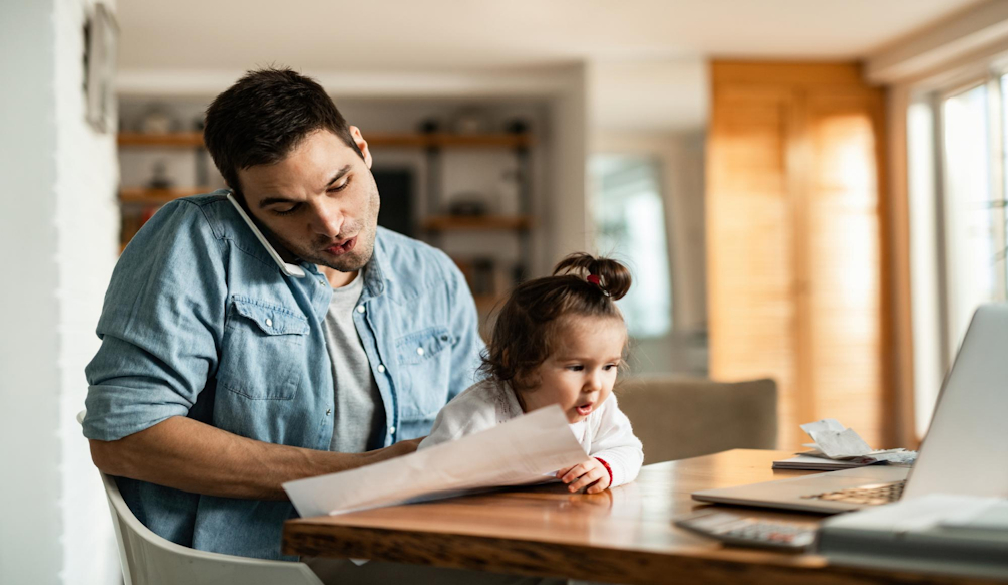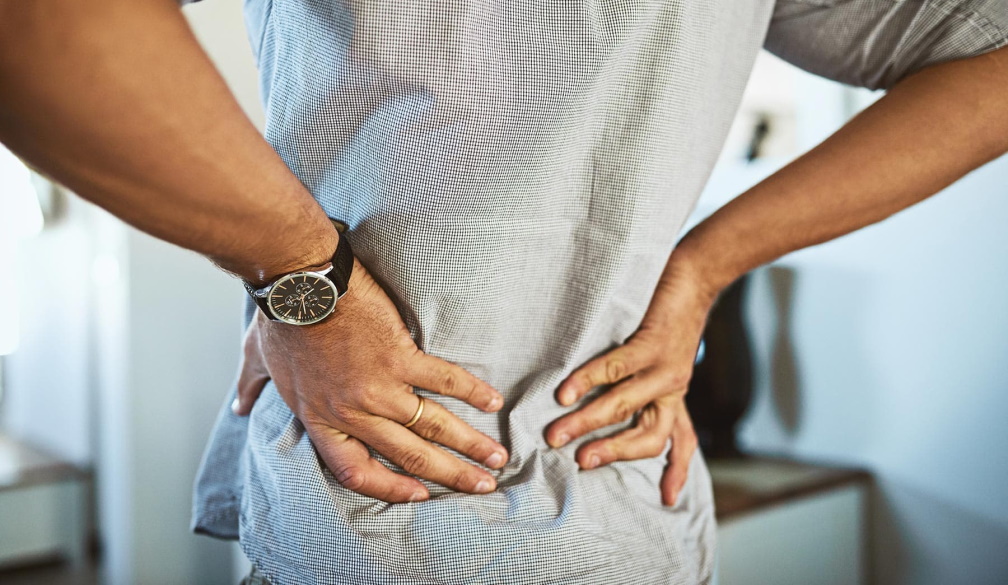Understanding the Importance of Professional Asbestos Removal in Melbourne
- Written by The Express

Asbestos was once hailed as a miracle material, utilized for its strength and fire-resistant properties. However, the harmful health effects associated with asbestos exposure have made it a serious concern for property owners in Melbourne. This blog discusses why hiring a professional asbestos removalist Melbourne is essential for ensuring safety and compliance with local regulations.
1. What Is Asbestos?
Asbestos is a naturally occurring mineral composed of thin, fibrous crystals. It was commonly used in building materials, insulation, roofing, and even flooring until the 1980s. Its resistance to heat and chemicals made it an attractive choice for various construction applications. However, the discovery of its link to serious health issues, such as lung cancer and mesothelioma, led to a decline in its use and heightened awareness of its dangers.
2. Health Risks Associated with Asbestos Exposure
Exposure to asbestos fibers can lead to several severe health problems, including:
- Asbestosis: A chronic lung disease caused by the inhalation of asbestos fibers, leading to scarring of lung tissue and difficulty breathing.
- Lung Cancer: Asbestos exposure significantly increases the risk of developing lung cancer, particularly in individuals who smoke.
- Mesothelioma: A rare and aggressive cancer that affects the lining of the lungs, chest, or abdomen, primarily caused by asbestos exposure.
Given these serious risks, addressing asbestos in properties is crucial for maintaining a safe living environment.
3. How to Identify Asbestos in Your Property
Identifying asbestos is the first step toward ensuring safety. Some common places where asbestos might be found include:
- Insulation: Asbestos was commonly used in insulation materials, particularly in attics and around pipes.
- Flooring: Older vinyl tiles and linoleum may contain asbestos.
- Roofing and Siding: Asbestos-cement products were widely used for roofing shingles, siding, and wall panels.
If you suspect the presence of asbestos in your home, it is vital to seek professional assistance for testing and identification.
4. Why Hire a Professional Asbestos Removalist?
When it comes to asbestos removal, hiring a professional asbestos removalist Melbourne is crucial for several reasons:
4.1. Expertise and Training
Professional asbestos removalists have the necessary training and expertise to handle hazardous materials safely. They are equipped with the knowledge to identify various forms of asbestos and implement the correct removal techniques.
4.2. Safety Protocols
Asbestos removal can be dangerous if not conducted properly. Professionals follow strict safety protocols, including sealing off work areas, using specialized equipment, and wearing protective gear to minimize exposure risks.
4.3. Legal Compliance
Asbestos removal is heavily regulated in Australia. Hiring a licensed professional ensures compliance with local laws and regulations, protecting you from potential legal issues.
4.4. Efficient Disposal
Proper disposal of asbestos is critical to preventing future exposure. Professionals have access to licensed disposal facilities and follow environmental regulations, ensuring that asbestos waste is handled safely.
5. The Asbestos Removal Process
The process of removing asbestos involves several steps:
- Inspection and Testing: A qualified professional will inspect your property and collect samples for laboratory analysis to confirm the presence of asbestos.
- Removal Plan: A detailed removal plan will be developed, outlining safety measures and procedures.
- Execution of Removal: Trained technicians will safely remove asbestos-containing materials, ensuring minimal disruption to your home.
- Post-Removal Testing: After the removal, testing will be conducted to ensure that the area is free from asbestos fibers, confirming that it is safe for recreation.








